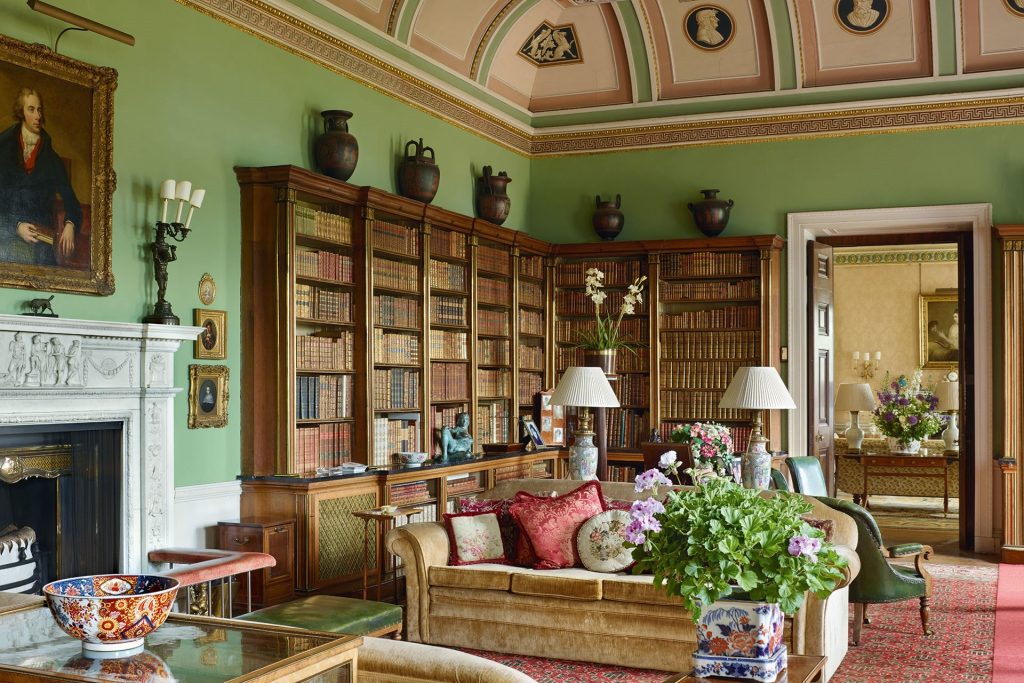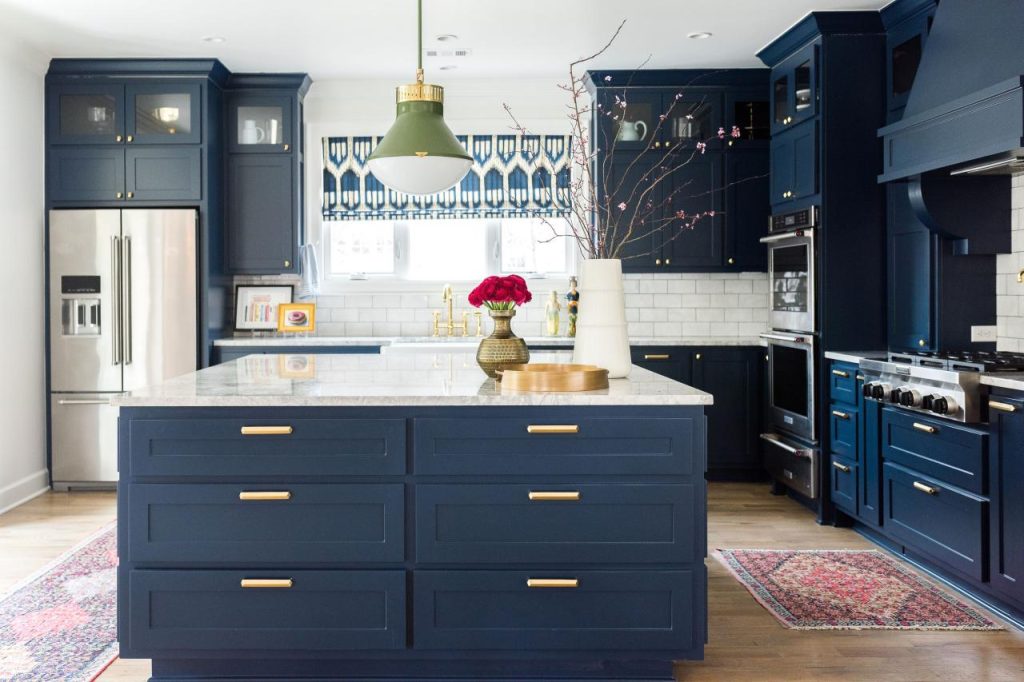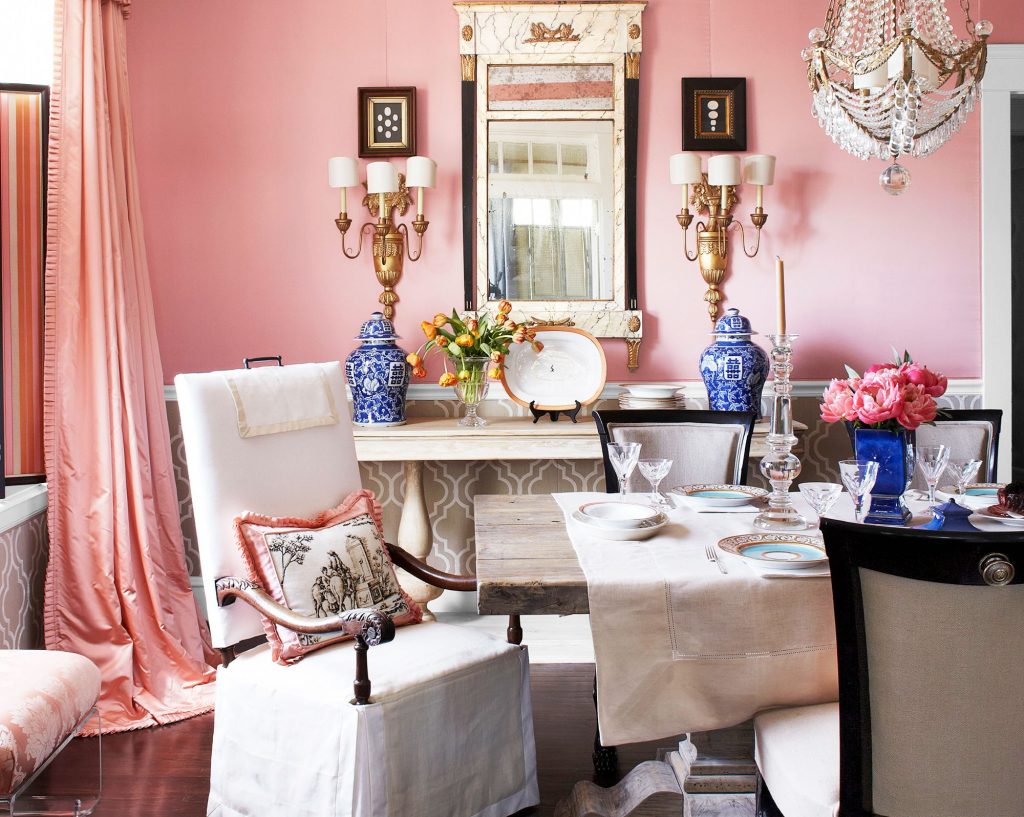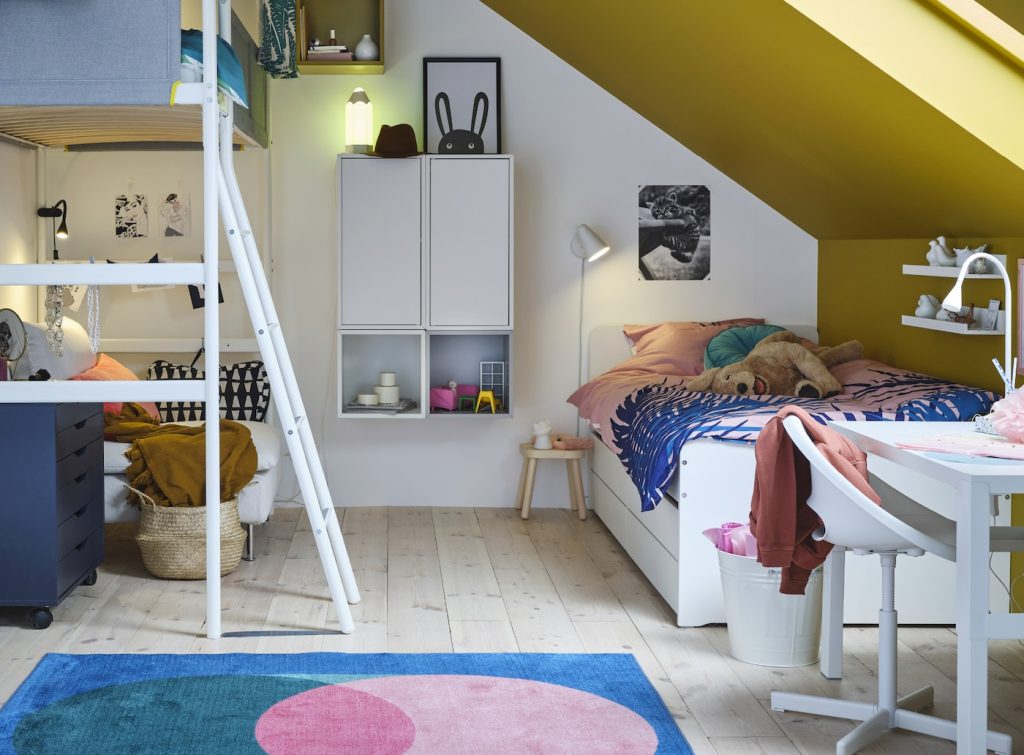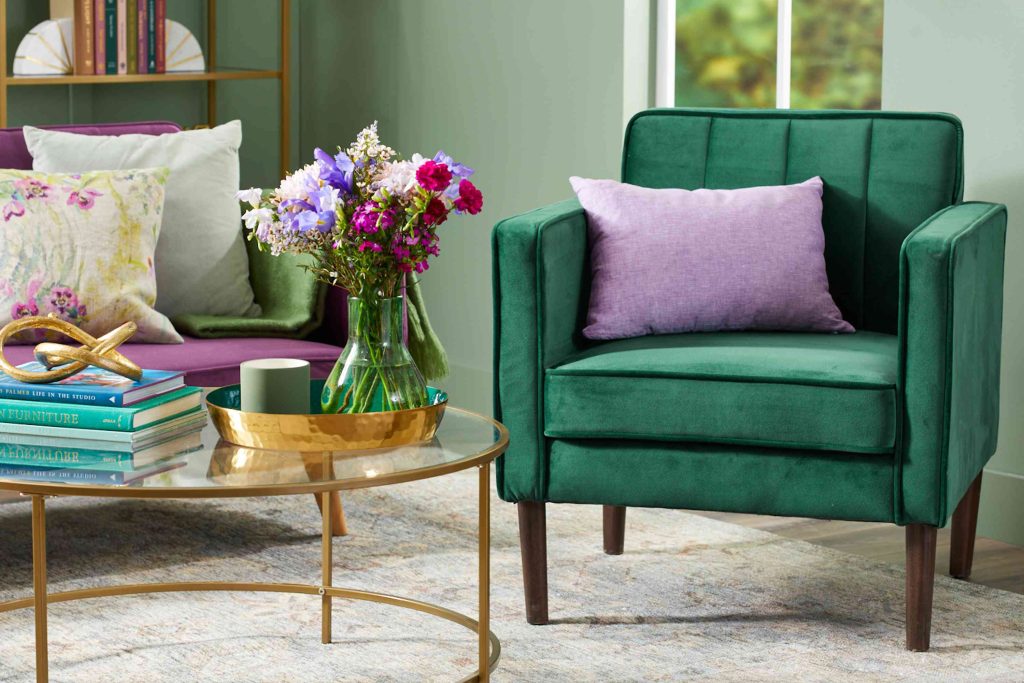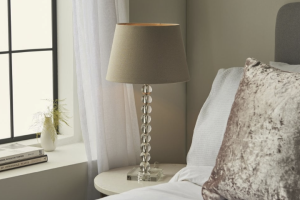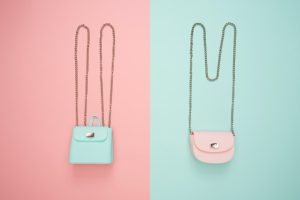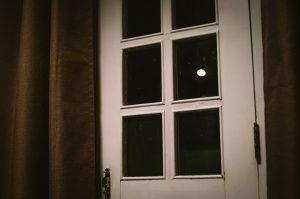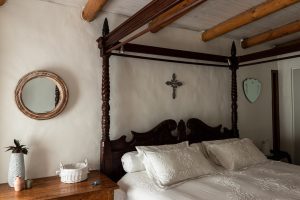European interior style is known for its timeless elegance and sophistication. It is a style that has been influenced by centuries of history, art, and culture, resulting in a look that is both classic and refined. European interior design encompasses a range of styles, from the opulence of French Baroque to the simplicity of Scandinavian minimalism. Regardless of the specific style, European interiors are characterized by their attention to detail, use of quality materials, and emphasis on creating a harmonious and inviting space Vankhan.
The reason why European interior style is considered timeless and elegant is because it draws inspiration from the past while still remaining relevant in the present. European design has been shaped by historical events and movements, resulting in a rich tapestry of influences that have stood the test of time. Additionally, European interiors prioritize quality craftsmanship and materials, ensuring that they are built to last. This combination of historical influence and attention to detail creates a sense of timelessness and elegance that is hard to replicate.
The Influence of History on European Interior Design
European interior design has been heavily influenced by historical events and movements. From the grandeur of the Renaissance to the simplicity of the Arts and Crafts movement, each period has left its mark on European interiors. For example, the opulence and ornate detailing of French Baroque can be seen in the elaborate moldings and gilded accents found in many European interiors. Similarly, the clean lines and geometric shapes of Art Deco have influenced modern European design.
One example of historical influence in European interiors is the use of classical motifs. Greek and Roman architecture and design have had a significant impact on European interior style, with elements such as columns, arches, and pediments often being incorporated into the design. Another example is the influence of the Arts and Crafts movement, which emphasized craftsmanship and natural materials. This can be seen in the use of handcrafted furniture and textiles in many European interiors.
The Importance of Color in European Interiors
Color plays a crucial role in European interior design, helping to create a sense of harmony and balance. European interiors often feature a neutral color palette, with shades of white, cream, beige, and gray being commonly used. These colors provide a timeless backdrop that allows the furniture and decorative elements to take center stage. However, pops of color are also used to add interest and create focal points within the space.
In addition to neutrals, European interiors also incorporate rich jewel tones such as deep blues, emerald greens, and ruby reds. These colors add depth and warmth to the space, creating a sense of luxury and sophistication. They are often used in upholstery, drapery, and accessories to add visual interest and create a sense of drama.
Furniture and Decorative Elements in European Interior Style
Furniture and decorative elements play a crucial role in European interior style. European interiors are characterized by their attention to detail and use of quality materials. Furniture is often handcrafted and made from solid wood, with intricate carvings and ornate detailing. Upholstery is typically done in luxurious fabrics such as velvet or silk, adding a touch of opulence to the space.
In terms of decorative elements, European interiors often feature artwork, mirrors, and chandeliers. Artwork is used to add visual interest and create focal points within the space. Mirrors are strategically placed to reflect light and make the space appear larger. Chandeliers are a popular lighting choice in European interiors, adding a touch of glamour and elegance.
The Role of Lighting in Creating the European Interior Look
Lighting plays a crucial role in creating the ambiance of a European interior. European interiors often feature multiple sources of light, including natural light, overhead lighting, and accent lighting. Natural light is maximized through the use of large windows and light-colored walls, creating a bright and airy space. Overhead lighting is often in the form of chandeliers or pendant lights, which add a touch of elegance and create a focal point in the room. Accent lighting, such as table lamps and wall sconces, is used to create a warm and inviting atmosphere.
Popular lighting fixtures in European interiors include crystal chandeliers, brass wall sconces, and vintage-inspired table lamps. These fixtures add a touch of glamour and sophistication to the space, while also providing functional lighting. The placement of lighting fixtures is also important in creating the European interior look. Chandeliers are often placed in the center of the room or above a dining table, while table lamps are used to create cozy reading nooks or add ambiance to side tables.
Textiles and Fabrics in European Interior Design
Textiles and fabrics play a crucial role in European interior design, adding warmth, texture, and visual interest to the space. European interiors often feature luxurious fabrics such as velvet, silk, and brocade. These fabrics add a touch of opulence and create a sense of luxury.
In terms of patterns, European interiors often feature classic motifs such as damask, toile, and floral prints. These patterns add visual interest and create a sense of tradition and history. They are often used in upholstery, drapery, and bedding to add color and pattern to the space.
The Art of Mixing Old and New in European Interiors
One of the key characteristics of European interior style is the art of mixing old and new elements. European interiors often feature a mix of antique and modern furniture, creating a sense of balance and contrast. This mixing of styles adds depth and interest to the space, while also creating a sense of timelessness.
To successfully mix old and new elements in European interiors, it is important to consider scale, proportion, and color. Antique furniture pieces can be paired with modern accessories, or vice versa. For example, a vintage chandelier can be paired with a contemporary dining table, or a modern sofa can be paired with an antique rug. The key is to create a sense of balance and harmony between the different elements.
How to Incorporate European Interior Style in Your Home
If you are looking to incorporate European interior style in your home, there are several key tips to keep in mind. First, focus on quality craftsmanship and materials. European interiors prioritize quality over quantity, so invest in furniture and decorative elements that are built to last. Second, pay attention to detail. European interiors are known for their attention to detail, so consider adding architectural moldings, decorative trim, or ornate hardware to your space. Finally, create a sense of balance and harmony by mixing old and new elements, and by using a neutral color palette as a backdrop for your furniture and accessories.
In terms of specific rooms, there are several ways to incorporate European interior style. In the living room, consider adding a statement chandelier or a large mirror to create a focal point. Use luxurious fabrics such as velvet or silk for upholstery and drapery. In the bedroom, focus on creating a cozy and inviting atmosphere with soft lighting and plush bedding. Use rich jewel tones for accent pillows and throws to add visual interest. In the dining room, consider adding an antique dining table or a vintage-inspired chandelier for a touch of elegance.
Popular European Interior Styles: French, Italian, and Scandinavian
There are several popular European interior styles that have their own unique characteristics. French interior style is known for its opulence and grandeur. It features ornate detailing, gilded accents, and luxurious fabrics such as velvet and silk. Italian interior style is characterized by its elegance and sophistication. It features clean lines, natural materials such as marble and wood, and a neutral color palette. Scandinavian interior style is known for its simplicity and minimalism. It features light-colored walls, natural materials such as wood and leather, and a focus on functionality and comfort.
Examples of French interior style can be seen in the Palace of Versailles, with its grand chandeliers, elaborate moldings, and luxurious fabrics. Italian interior style can be seen in the work of designer Piero Lissoni, who combines clean lines, natural materials, and a neutral color palette to create a sense of elegance and sophistication. Scandinavian interior style can be seen in the work of designer Ilse Crawford, who focuses on creating warm and inviting spaces with light-colored walls, natural materials, and cozy textiles.
Embracing the Timeless Elegance of European Interior Style
In conclusion, European interior style is known for its timeless elegance and sophistication. It draws inspiration from centuries of history, art, and culture, resulting in a look that is both classic and refined. European interiors prioritize quality craftsmanship and materials, ensuring that they are built to last. They also pay attention to detail and create a sense of balance and harmony through the use of color, furniture, lighting, textiles, and decorative elements.
By incorporating European interior style in your own home, you can create a space that is both timeless and elegant. Whether you choose to embrace the opulence of French Baroque or the simplicity of Scandinavian minimalism, European interior style offers a range of options to suit your personal taste and style. So why not embrace the timeless elegance of European interior style and create a space that is both beautiful and inviting?
If you’re interested in European interior style, you might also enjoy reading about the latest lighting design trends for 2023. This article explores the various lighting options and techniques that are popular in European interior design, from pendant lamps to floor lamps with 2000 lumens. Check it out here!

